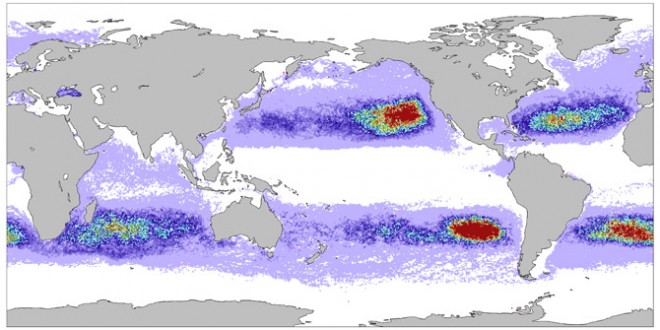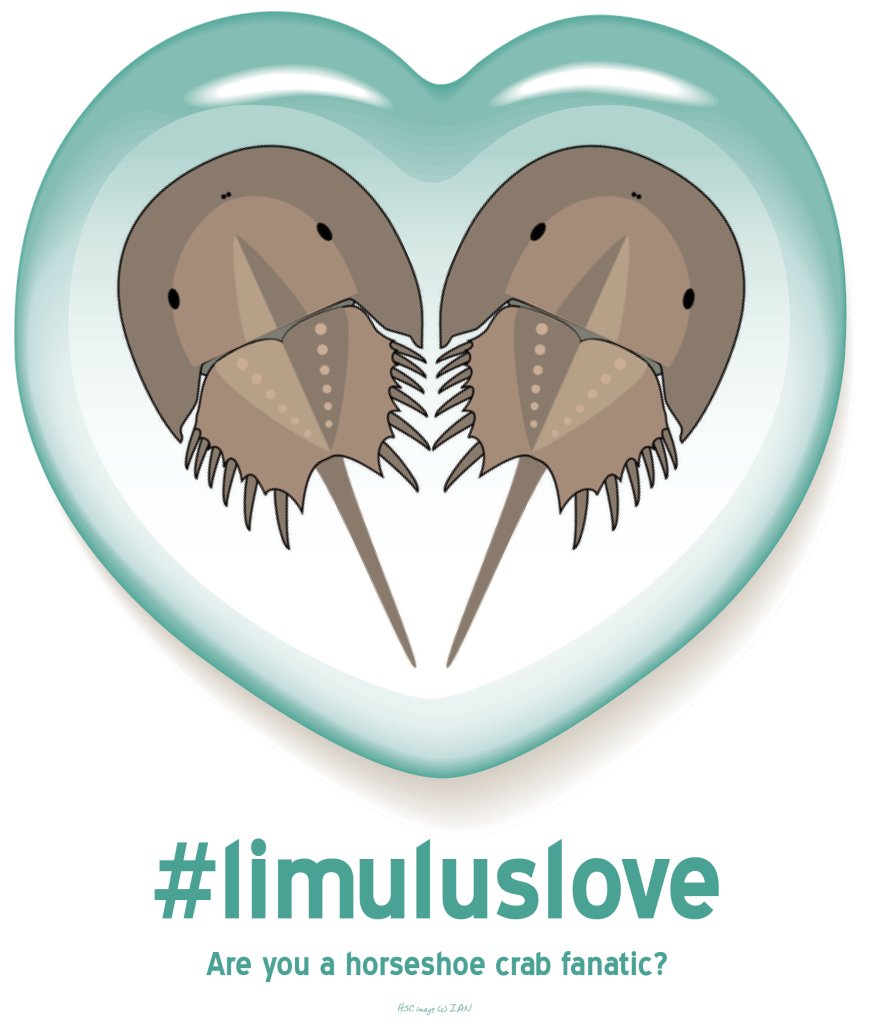I’m continuing the theme of “We affect what goes in our watershed” this week (see posts on pharmaceuticals and oil) and introducing you to an adventurous and creative couple, Justin Lewis and Michelle Stauffer, working together on the 70 Degrees West project. They launched this project almost a year ago in April of 2012 and have completed Phase I – an expedition to Greenland. They have 8 expeditions planned along the 70 degree line of longitude. According to their blog, they’re currently traveling, taking pictures, and shooting video in Penobscot Watershed in Maine.
But, what really brought them to my attention was this Kickstarter project for Phase III. They’re headed to the Sargasso Sea to provide an “informative, eye-opening account about what’s going on in the oceans”. You may have heard of the Pacific Garbage Patch, but there is also one that exists in the Atlantic Ocean. During the expedition they’ll merge science and art to “demonstrate how human actions on land impact our oceans”, especially with the accumulation of marine debris in the sea. The Sargasso Sea lies in the center of a huge oval of still waters bounded by ocean currents – the only sea not bordered by land. Dr. Sylvia Earle has called the Sargasso Sea “the golden rainforest of the ocean” because of the extensive amounts of Sargassum that floats in mats on the surface of the ocean. The Sargasso Sea is also the epic place that eels mysteriously mate.
The project has just 25 days to go. Check out this video and learn more about them today!
What is marine debris? It is any type of garbage that can get into the ocean (e.g., glass, aluminum cans, plastic bags). It’s important to remember that even though you might not drop trash at the shoreline, if you’re dropping trash ANYWHERE it will lead to the ocean by waterways such as streams, rivers, and lakes. Did you know that the vast majority of marine debris is plastic? Learn more about how plastic can be harmful to marine life here.
Besides marine debris, petroleum, and pharmaceuticals, what are some other ways fish or aquatic life are affected by what we put in our waterways?
You can read about 5 incredible marine debris warriors here.
Lastly, best of luck to Justin Lewis and Michelle Stauffer as you continue your 70 Degrees West project!



















What people are saying …